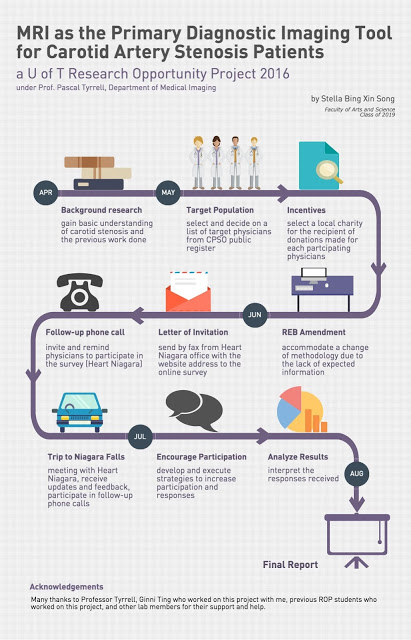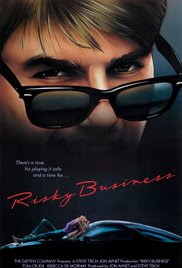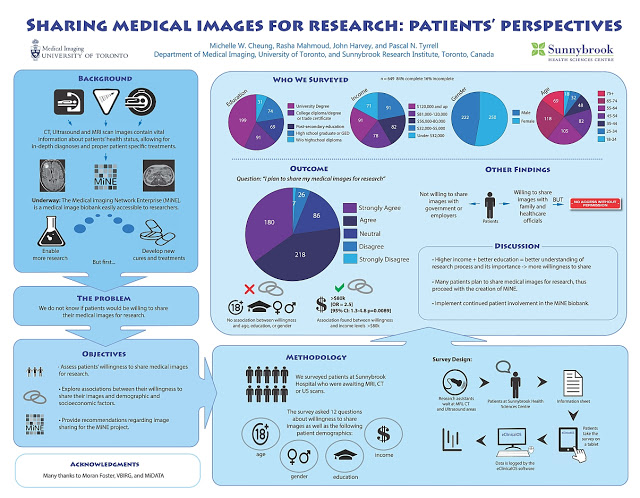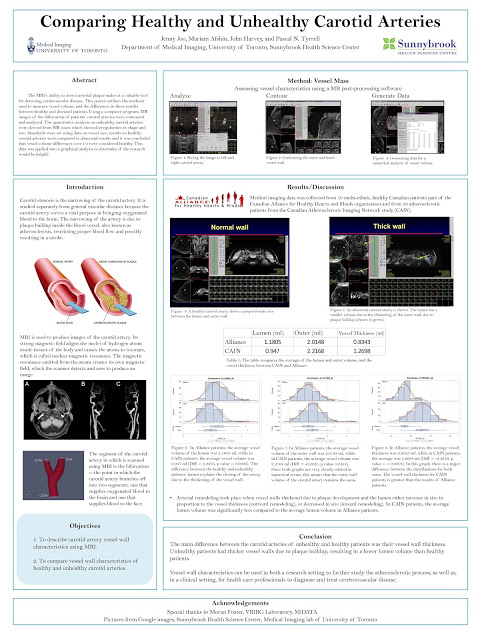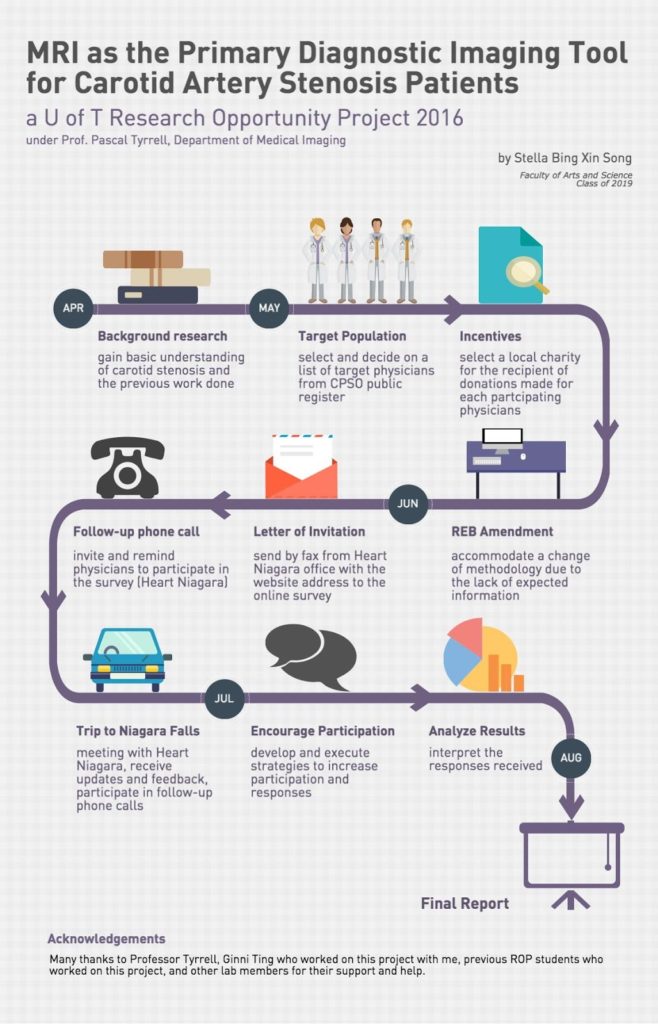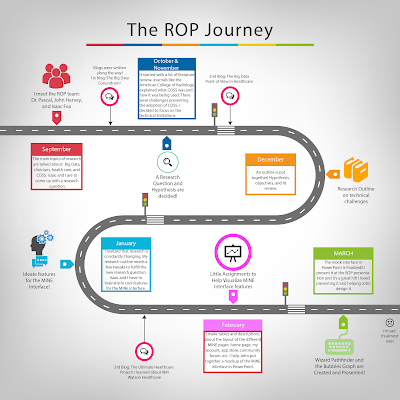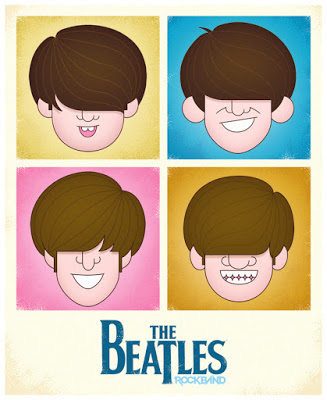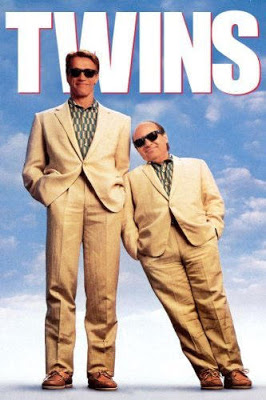What hour of code? What code?
The Hour of Code is a global movement reaching tens of millions of students in 180+ countries. The purpose is to to demystify “code”, to show that anybody can learn the basics, and to broaden participation in the field of computer science. Please see here for more info.
I belong to Code.org a non-profit dedicated to expanding access to computer science, and increasing participation by women and underrepresented students of color.
On Wednesday, December 7th at 10AM we will be hosting the inaugural
“MiDATA Hour of Code at UofT”
What is the purpose of this event?
To engage young minds and help them see the exciting possibilities computer programming can offer them in their future careers.
Who is coming?
Over 100 students (grades 7 to 11) from Central Toronto Academy (TDSB), St Francis Assisi and St Ignatius of Loyola (TCDSB).
Who will be engaging them (so far)?
University of Toronto:
MiDATA (Data Science unit from the Department of Medical Imaging)
*Prof Pascal Tyrrell – Director, Data Science
*Prof Anne Martel – Medical Biophysics (Machine Learning)
*John Harvey – Information Architect
MiNE (Medical image Network Enterprise, Sunnybrook Health Science Centre)
*Dr Mariam Afshin – Research Physicist
*Rasha Mahmood – VBIRG
Department of Medical Imaging
*Dr Alan Moody – Radiologist and Chair of the Department
Department of Statistical Sciences
*Prof Jamie Stafford – Statistician and Chair of the Department
*Prof Paul Corey – Senior Biostatistician
Translational Research Program /Institute of Medical Science
*Prof Joseph Ferenbok – Program Director
Department of Computer Science
*Prof Francois Pitt
Faculty of Engineering
*Prof Naomi Matsuura – Department of Materials Science & Engineering
Industry:
IBM Watson Health and Merge Healthcare
*Steve Schudlo – Executive Director, Strategic Alliances, IBM Watson Health Imaging
*Marwan Sati – VP of Development, Clinical Speciality Solutions, Merge Healthcare
*Aditya Sriram – Developer, Watson Health Imaging, IBM
Microsoft (Big Data and Analytics)
*Mark Godfrey – Cloud Architect, TSP – Cloud & Data Center, Microsoft Canada
AceAge
*Spencer Waugh – CEO AceAge
*Sam Campbell – CTO AceAge
*Dylan Horvath – Cortex Design President
SAS Canada
*Mark Morreale – Lead, Academic Program
Community:
Ladies Learning Code – Yaa Otchere
Tyrrell lab students and Computer Science undergraduates will be acting as ambassadors.
Where and when will the event be held…exactly?
University College Media Room (RM 140 and RM148) from 10 AM to 1 PM
University College, University of Toronto
15 King’s College Circle
Toronto, Ontario
Interested in participating? Contact me at pascal.tyrrell@utoronto.ca!
See you all there,
Pascal Tyrrell

